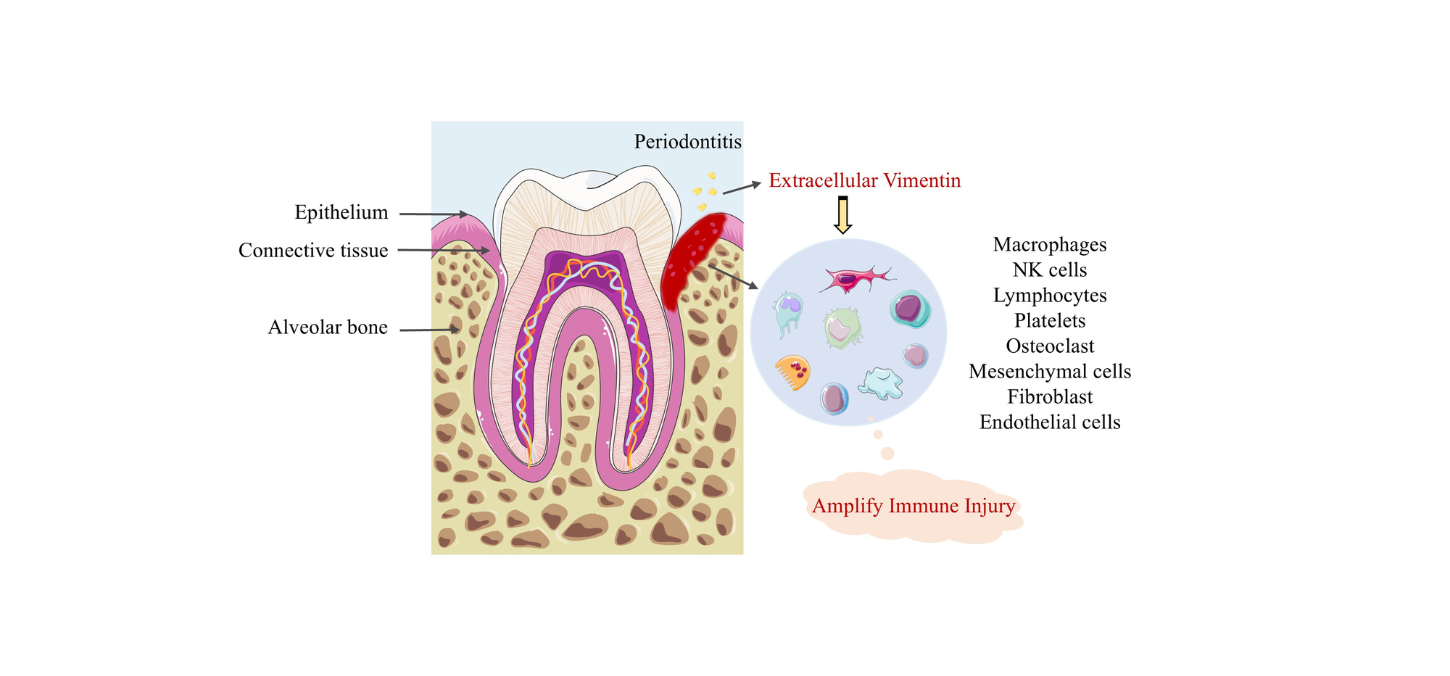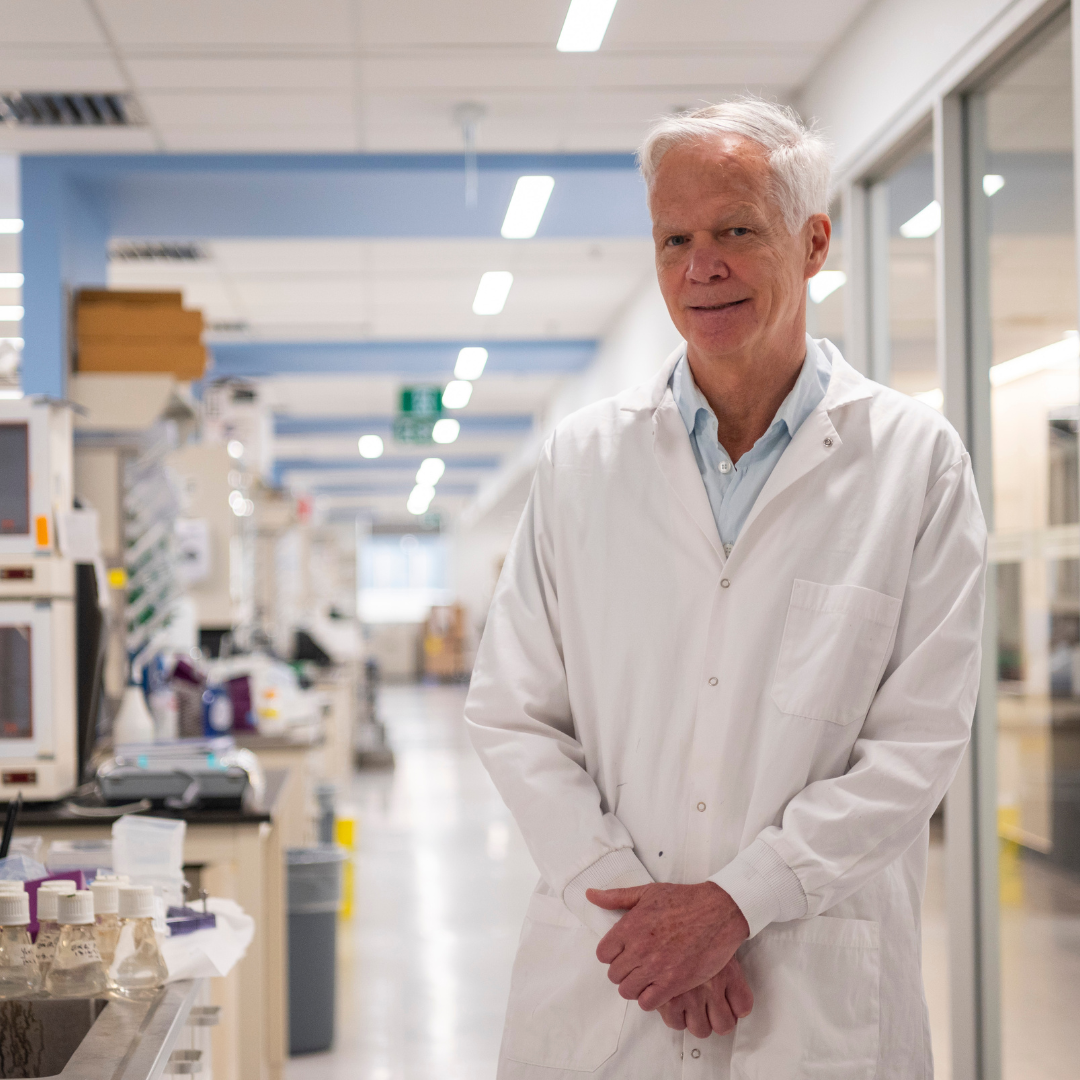
Dentistry professor receives $750,000 CIHR grant for gum disease research
By Rachel Boutet
Professor Chris McCulloch 7T6, 8T2 PhD recently received a 5-year CIHR grant for $750,000 to examine how a certain type of high prevalence gum disease, periodontitis, causes site-specific destruction of periodontal tissues.
Many tissues in humans exhibit destruction and loss of function as a result of inflammatory diseases. Some of these diseases, like periodontitis as well as osteoarthritis and rheumatoid arthritis, cause substantial pain and are associated with high treatment costs.
Approximately 15 per cent of North American adults over the age of 35 years are affected by gum diseases, and if not treated, these infections lead to oral pain and tooth loss.
“The purpose of our research is to identify how the intracellular protein, vimentin, is released from cells in gingival tissue as a result of gum infections,” says McCulloch. “We hope to determine how vimentin, when released from cells, contributes to the destruction of periodontal tissues.”
Approximately 15 per cent of North American adults over the age of 35 years are affected by gum diseases, and if not treated, these infections lead to oral pain and tooth loss.
For the last decade, McCulloch’s lab has been working on the identification of molecules that drive the destruction of the tissues that attach teeth to the jaw bone. This specific project, which was started about two and a half years ago, is a direct outgrowth of research initially conducted on analysis of fluid draining from the gums of affected patients.

“These analyses showed that surprisingly, vimentin is released from the inside of cells in gum tissues and that when it gets outside cells, it contributes to the destruction of gum tissues,” he says. “We are in the process of developing small molecule inhibitors that when placed under the gum line, absorb vimentin and stop it from contributing to the breakdown of gum tissues.”
The research is being conducted in a combination of international collaborations with scientists at five different centres: Paul Janmey at the University of Pennsylvania (mechanisms of vimentin release from cells), Patricio Smith at the Catholic Pontifical University of Santiago, Chile (clinical studies of vimentin release into gum fluid), Gregory Downey at the National Jewish Hospital in Denver, Colorado (development of vimentin-binding molecules) and Peter Greer at Queens University, Kingston, Ontario (mechanism of intracellular vimentin cleavage by calpains).
Top photo: After release from cells in gum tissues, vimentin enters the space outside of cells as extracellular vimentin. Subsequently, extracellular vimentin interacts with a variety of immune and non-immune cells (listed on the right) in gum tissues to amplify immune injury in periodontitis and contribute to the supporting tissues of the teeth.